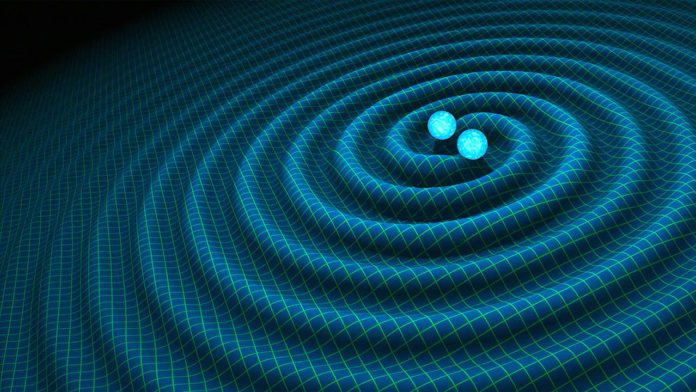Gravity is one of the four fundamental forces of nature, and quite literally holds the Universe together. But despite how crucial it is, there’s still a lot we don’t understand about how gravity works.
One of the main problems is that it’s incredibly hard to measure gravity in accurate detail.
Currently, scientists conduct gravity experiments by dropping things down shielded tubes and measure them as they whiz by instruments. Such a method offers a brief glimpse of gravitational interactions, yet they often fall prey to inadvertent stray magnetic fields.
In this new effort, scientists at the University of California, Berkeley, have invented a new way of measuring gravity by noting differences in atoms in a supposition state, suspended in the air by lasers.
The method involves releasing a cloud of cesium atoms into the air in a small chamber and then using flashing lights to split several of them into a superposition state. Once split, lasers were used to keep all the atoms in fixed positions, with one of each pair raised slightly higher than its mate.
Scientists then measured each atom’s wave-particle duality, which is impacted by gravity. Characterizing the difference in the duality between the paired atoms, scientists were able to come up with a measurement for gravity.
Scientists noted, “The technique would allow measurements to take place in longer periods since the atoms being measured would not be moving. Also, it could be used to measure gravitational attraction between two objects, such as the gravitational pull on an atom by a marble.”
“It could also allow for the construction of portable gravity measuring devices that could be used to measure Earth’s gravitational pull in different locations—a possible way to help identify mineral deposits. Taking things a step further, the new way to measure gravity might prove useful for scientists trying to understand the nature of dark matter and to test other physics ideas, such as the equivalence principle.”
The study is published in the journal Science.
